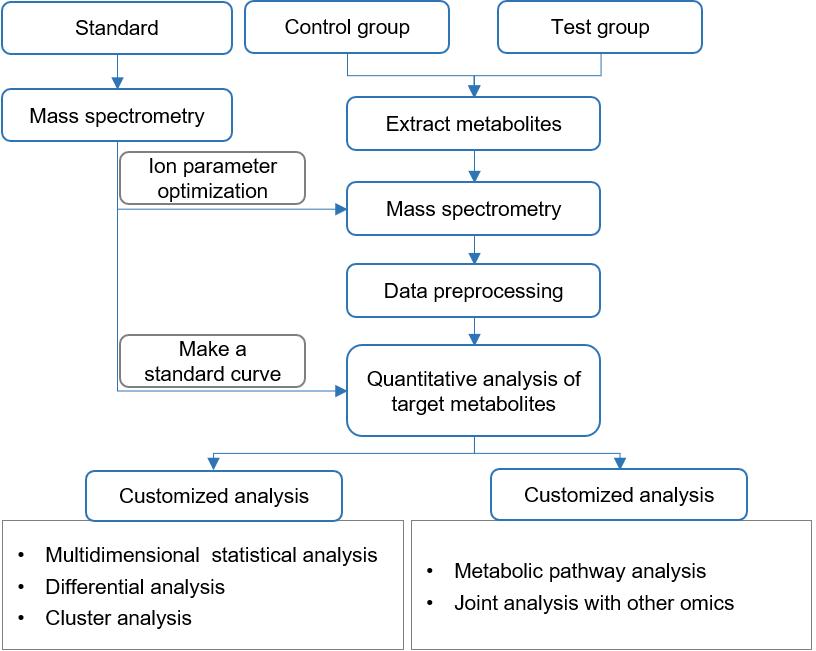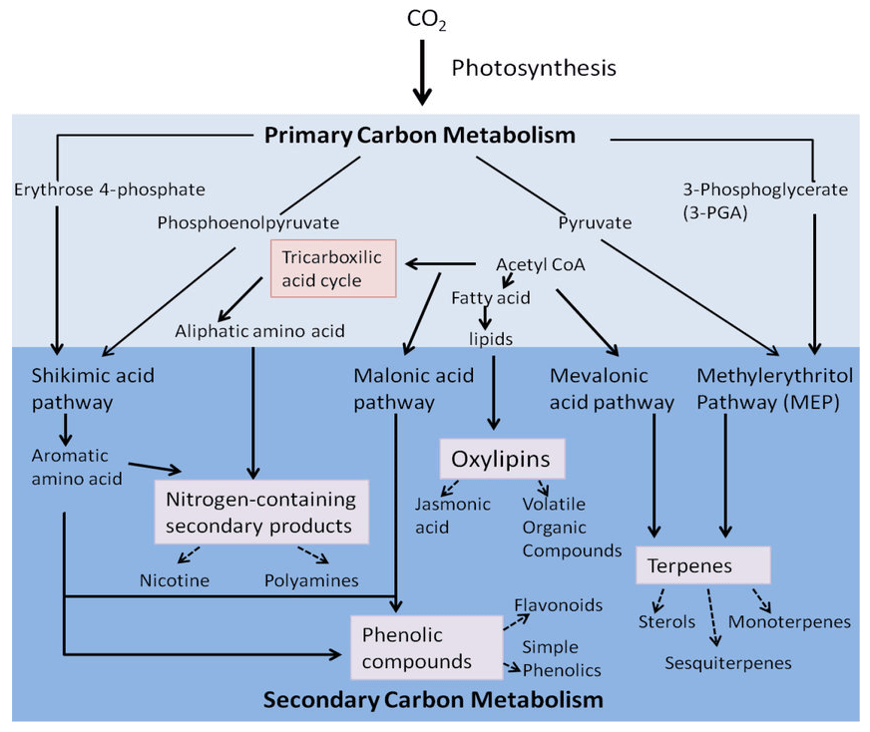Canthaxanthin Analysis Service
Submit Your InquiryCanthaxanthin is a non-vitamin A-derived ketocarotenoid with a brilliant red color and strong coloring effect, which was originally added as a pigment in the feed of aquatic and livestock farm animals. It has various biological activities such as antioxidant, immune promotion and enhancement of cell gap junction communication. Numerous epidemiological surveys, tissue cultures, animal tests and human interventions have shown that canthaxanthin has preventive and therapeutic effects on a variety of cancers. In addition, keratins can improve immunity and protect skin and bone health. As the research on the physiological functions of canthaxanthin progresses and the pharmacological and pharmacodynamic tests are gradually improved, canthaxanthin is more and more widely studied in the field of human medicine and health care.
In order to accelerate the related canthaxanthin mechanism research, clinical application, new drug development, nutraceutical development and other projects, Creative Proteomics has established LC-MS/MS and GC-MS analytical platforms, which can provide you with canthaxanthin qualitative and quantitative analysis services.
 Structure of canthaxanthin
Structure of canthaxanthin
Detection Platform for Germacrone Analysis
1. Liquid Chromatography-Mass Spectrometry (LC-MS/MS)
Liquid chromatography-mass spectrometry (LC-MS/MS) has emerged as a powerful tool for the analysis of small molecules in complex samples. Creative Proteomics utilizes state-of-the-art LC-MS/MS systems, including Waters ACQUITY UPLC and MS-SCIEX QTRAP 4500/5500/6500, for germacrone analysis.
A reverse-phase column is used for chromatographic separation, and the mass spectrometer offers precise identification and quantification of the target molecule. LC-MS/MS may achieve high sensitivity and specificity for germacrone analysis by using multiple reaction monitoring (MRM) mode.
2. Gas Chromatography-Mass Spectrometry (GC-MS)
Gas chromatography-mass spectrometry (GC-MS) is another valuable technique for the analysis of volatile and semi-volatile compounds, including germacrone. At Creative Proteomics, we utilize cutting-edge GC-MS instruments, such as Agilent 7890B-5977A and Thermo TRACE 1300-TSQ 9000, for germacrone analysis.
GC-MS combines the separation power of gas chromatography with the sensitivity and specificity of mass spectrometry. The sample is vaporized and injected into the GC system, where the compounds are separated based on their volatility. The separated compounds are then ionized and detected by the mass spectrometer. GC-MS provides excellent resolution, sensitivity, and reproducibility for the analysis of germacrone and its metabolites in various matrices.

Sample Preparation Suggestions
| Sample type | Suggested sample quantity (per case) | Number of repetitions (recommended) |
|---|---|---|
| Plant tissue | ≥ 1g | ≥ 6 |
| Animals and clinical tissues | ≥ 200 mg | ≥ 10 |
| Serum, plasma | ≥ 200 μl | ≥ 6 |
| Urine | ≥ 200 μl | ≥ 6 |
| Stool, intestinal contents | ≥ 200 mg | ≥ 6 |
| Cell | ≥ 107 | ≥ 6 |
| Microorganism | ≥ 107 or ≥ 100 mg | ≥ 6 |
| Culture broth, fermentation broth | ≥ 1 ml | ≥ 6 |
※ There is no restriction on sample varieties. For varieties with special requirements or rare varieties, please contact us for more information. After collecting the samples, they were quickly frozen in liquid nitrogen, and then transferred to -80°C for storage. Transported on dry ice.
Applications of Germacrone Metabolomics Analysis
Plant biology: Germacrone metabolomics analysis can be used to study the metabolic pathways and regulation mechanisms in plants. It helps in understanding the biosynthesis and metabolism of germacrone, a natural compound found in certain plants.
Agricultural research: Germacrone metabolomics analysis can aid in crop improvement and plant breeding programs. By analyzing the metabolic profiles of different plant varieties, researchers can identify specific metabolites associated with desirable traits such as pest resistance, drought tolerance, or increased yield.
Natural product discovery: Germacrone is known for its bioactive properties, and metabolomics analysis can assist in the discovery of novel natural products with potential pharmaceutical or agricultural applications. By identifying and characterizing the metabolites present in germacrone-producing plants, researchers can uncover new compounds with therapeutic or industrial value.
Environmental monitoring: Metabolomics analysis of germacrone can be used to assess environmental contamination and the impact of pollutants on ecosystems. By studying the metabolic responses of organisms exposed to environmental stressors, such as pollutants or toxins, researchers can gain insights into the health and resilience of ecosystems.
Quality control in herbal medicine: Germacrone is often used as a marker compound for quality control of herbal medicines derived from plants such as Rhizoma curcumae. Metabolomics analysis can help verify the presence and quantity of germacrone in these herbal preparations, ensuring their authenticity and efficacy.
Pharmaceutical research: Germacrone metabolomics analysis can aid in the development and optimization of drug formulations. By studying the metabolic fate of germacrone in the body, researchers can better understand its pharmacokinetics and identify potential drug interactions or metabolic pathways that may affect its efficacy.
Deliverables for Germacrone Analysis
- Experimental Protocol: A full explanation of the experimental design, including sample preparation, extraction procedures, and instrumental analysis methodologies utilized for germacrone metabolomics study.
- Raw Data: Raw data produced by analytical devices such as liquid chromatography-mass spectrometry (LC-MS) or gas chromatography-mass spectrometry (GC-MS). Mass spectra, retention periods, and peak intensities are all examples of this.
- Processed Data: Data that has undergone data preprocessing procedures such peak picking, alignment, normalization, and data reduction and has been made from raw data. A matrix with each row denoting a sample and each column denoting a metabolite may represent the processed data.
- Metabolite Identification: A list of identified metabolites based on mass spectral libraries, databases, or additional experiments. This includes the identification of germacrone and its related metabolites.
- Metabolite Quantification: Quantitative information on the abundance of identified metabolites in each sample. This could be expressed as peak intensities, area under the curve, or relative abundance.
- Statistical Analysis: Statistical analysis of the metabolomics data, including multivariate analysis techniques such as principal component analysis (PCA) or partial least squares discriminant analysis (PLS-DA), to identify significant differences between sample groups or conditions.
- Pathway Analysis: Metabolic pathways are used to interpret the metabolomics data. This may entail identifying pertinent biological processes or pathways impacted by germacrone metabolism and linking the discovered metabolites to recognized metabolic pathways.










